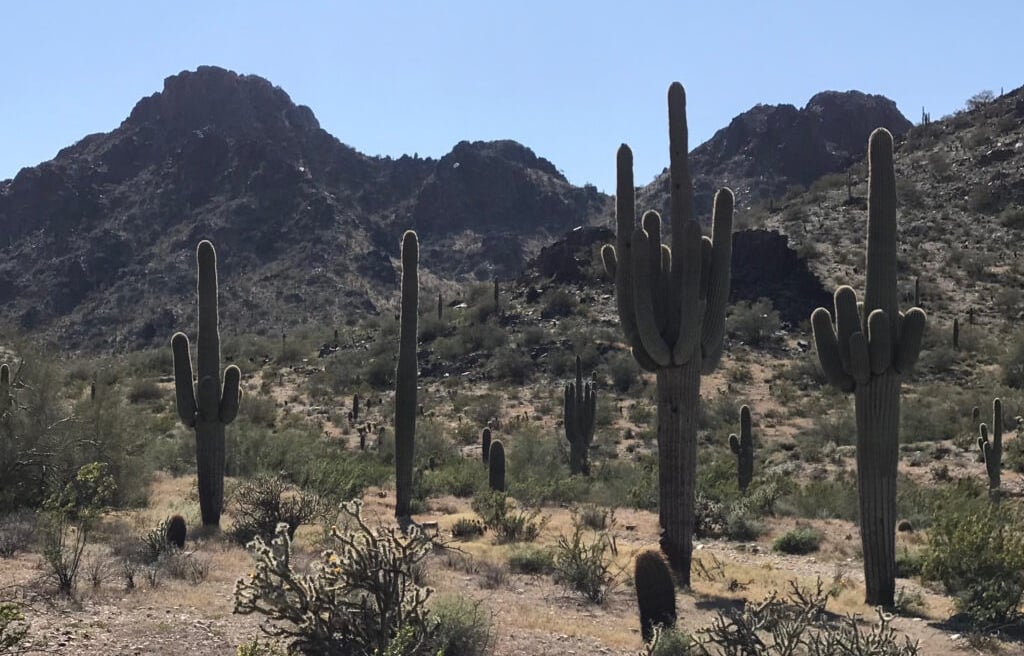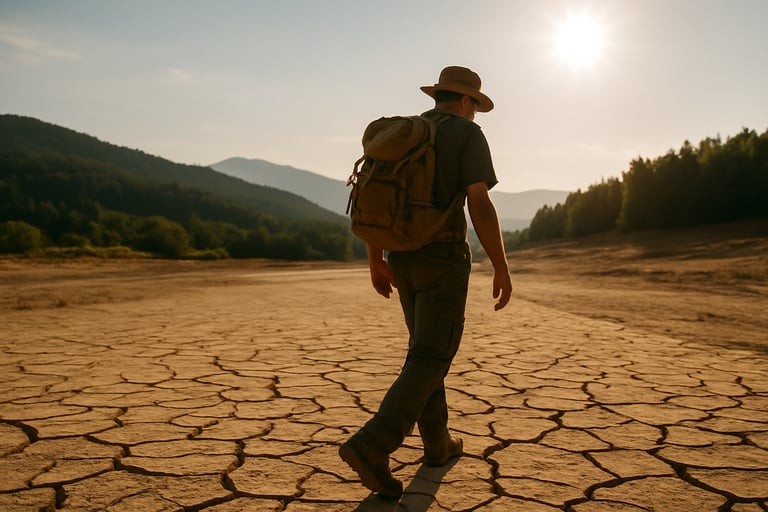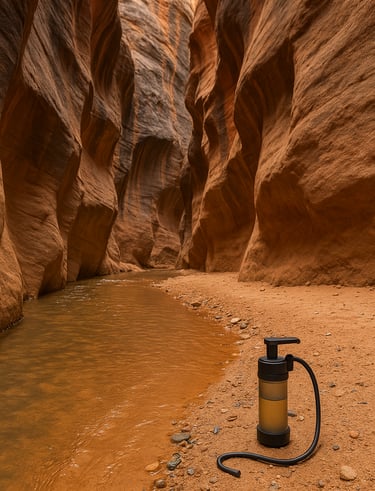Staying Cool in the Wild: Desert Survival Gear & Strategies
Beat the heat with this guide to desert survival gear and cooling strategies. Learn how to stay cool, hydrated, and safe while navigating hot, arid environments.


Staying Cool in the Wild: Desert Survival Gear & Strategies
Understanding the Challenges of Desert Survival
Deserts might appear quiet and majestic, but they’re some of the most unforgiving environments on Earth. With extreme heat, intense sunlight, and limited access to water, your survival depends on how well prepared you are. Whether you're hiking, camping, or stuck in an emergency, the key to desert survival is minimizing heat exposure and maximizing hydration.
This guide will cover the most important strategies and gear to help you do just that.
If you’re not familiar with the early symptoms of overheating, it’s worth checking out how to prevent heatstroke and dehydration in hot climates.
How to Dress for Maximum Cooling
Believe it or not, the right clothing can keep you cooler than bare skin. Light-colored, loose-fitting clothing made from breathable fabrics like cotton or performance synthetics helps reflect sunlight and allow airflow. A wide-brimmed hat is essential to protect your head and face from direct rays. Add a neck gaiter or shemagh for extra shade and sweat absorption. Covering up smartly helps your body retain moisture and lowers the risk of sunburn, which can accelerate dehydration.
When you're packing for a high heat environment, remember to also consider overnight temperatures and what to do if your shelter gets soaked. These waterproofing tips for your gear can still come in handy in the desert, especially during monsoon seasons.
Key Gear for Beating the Heat
When heading into hot climates, certain gear becomes non-negotiable. A hydration bladder or water reservoir lets you sip small amounts frequently, which is far more effective than waiting until you're thirsty. Pack more water than you think you’ll need — dehydration can sneak up fast in dry conditions. Electrolyte tabs or powdered mixes can help your body absorb water more efficiently. Also consider packing an ultralight tarp or reflective sunshade to create quick shelter during breaks. Cooling towels and misting spray bottles may seem small, but they can significantly reduce your body temperature when used properly.
Carrying extra water isn’t always enough — it's also good to know how to find water in the wild in case of emergency. The desert may not seem like a promising place to search, but natural signs can still point you toward hidden sources.
Smart Movement and Rest Strategies
One of the most important survival strategies in desert terrain is knowing when not to move. Avoid physical activity during the hottest part of the day — typically between 11 a.m. and 4 p.m. Instead, plan hikes for early morning or late afternoon, and take extended breaks in the shade when the sun is strongest. Move slowly, conserve energy, and be alert for early symptoms of heat exhaustion like dizziness, nausea, or rapid heartbeat. It’s always better to pause than push too hard.
Being mentally prepared to slow down and adapt your strategy is just as important as physical readiness. Building mental toughness for wilderness survival helps you stay calm and avoid risky decisions when things don’t go according to plan.
Conserving Water and Spotting Emergency Sources
Even if you're carrying water, conservation is key. Sip regularly instead of chugging. Store water in insulated containers or keep it shaded to avoid overheating. Avoid salty foods and caffeine which can increase fluid loss. In an emergency, look for water in low-lying shaded areas or dry creek beds, especially near vegetation. Animal tracks can sometimes lead you toward a hidden source, but only pursue these options if you’ve already practiced proper hydration and sun avoidance strategies.
Final Thoughts on Desert Survival
Desert survival is all about planning ahead, staying calm, and working with your environment instead of against it. The right combination of sun protection, cooling gear, hydration tactics, and smart movement can make your time in the desert safe and even enjoyable. Respect the heat, stay prepared, and always put safety first.




© 2025. All rights reserved About | Privacy Policy | Terms and Conditions | Affiliate Disclosure | Disclaimer


